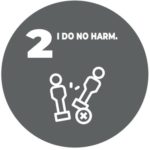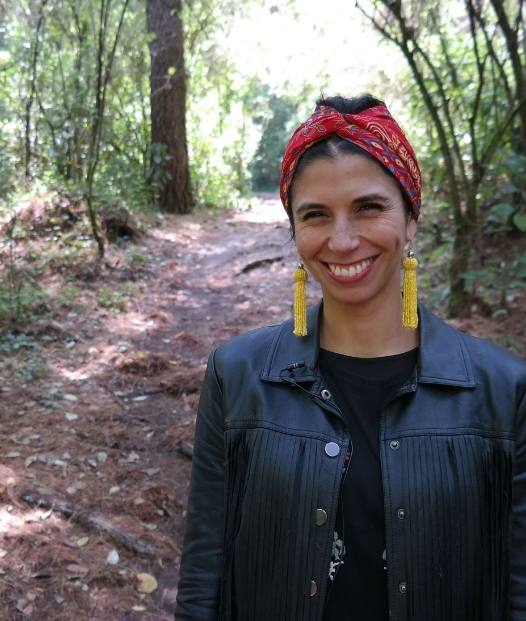Home > About > The Principles > I do no harm

Dignified storytelling applies a “do no harm” ethic to all actions.
Dignified storytelling maintains that the best interest and safety of the contributor(s) and their communities must always be placed above any other consideration in storytelling.
The well-being of the people in the stories – and the communities they belong to – is more important than any need for advocacy or the promotion of issues, causes, or programmes. Accordingly, dignified storytelling avoids behaviour or information-sharing that could cause or aggravate risk, harm, or mistreatment of any individual or group. Assessing whether a story could result in a risk of harm, retribution, or loss to the person, family, or community is essential on an iterative basis throughout the storytelling process – starting with the planning stage and through gathering, developing, processing, and publishing the story.
To be truly informative and accurate, the process of assessing risk should be done in collaboration with all those involved in the story-making or impacted by the story.

Specific groups of people are at greater risk and may require more comprehensive measures to safeguard against risk. Advice for working with a number of these groups is included in this Handbook in the section on Additional Guidance for Some Specific Groups. If significant risks are identified during the initial risk assessment, potential contributors should not even be contacted if unable to ensure their safety, or if there is not enough information to make an informed determination on the level of risk.
Guidelines for Principle No. 2:
Dignified storytelling applies a “do no harm” ethic to all actions.
TO HELP PUT PRINCIPLE #2 INTO PRACTICE,CONSIDER THE FOLLOWING
The initial risk assessment, during planning stages, should consider:
▶ The implications of telling a story or using an image on both the individual and the wider communities they represent, either geographically or through their identification as part of a group or sub-culture.
▶ All elements of risk, including social reprisal, emotional distress, anger, and other potential negative responses to story publication.
Contexts evolve so the process of assessing risk needs to be ongoing through all stages of storytelling process, beginning in the planning and then continuing through gathering, developing, processing, and publishing the content.
To accurately assess risk, do so in collaboration and communication with the organisations and people closest to the situation on the ground.
If working for an organisation, make sure you have robust policies on risk identification and response.
▶ For example, some possible responses to risk may include: refraining from publishing children’s real or full names, concealing the identity of survivors of gender-based violence, avoiding specific location details, or holding
publication for a later date.
▶ Risk assessments need to be culturally responsive and will vary depending on the context and specific people involved. The
examples listed above are possible mitigation strategies that could be considered during a culturally-specific risk assessment process.
If there is risk of harm, retribution, or loss to the person, family, or community, choose NOT to tell the story. This decision will ideally be reached in collaboration with the potential contributors and other partners; however, if you or your organisation decides to hold the story, communicate the rationale and decision with all involved stakeholders.
In some contexts, cameras should have their geographic information system (GIS) setting turned off so that images do not contain retrievable information on the exact location of the photograph. This metadata can also be erased in some photo editing software like Photoshop, if necessary
Top Tips for Principle No. 2
Assess risk
Assess risk of harm to contributors as an ongoing process, conducted in collaboration with the people closest to the story.
Safety first
Put the safety and well-being of contributors as the highest priority. In cases of risk of harm, retribution, or loss always choose NOT to tell the story (or tell the story another way to counter the risk.
More in the Handbook
The Dignified Storytelling Handbook is a resource to help storytellers and organizations promote and
employ storytelling practices that are grounded in a deep respect for human dignity
Available for download in English, Arabic, Spanish and French
